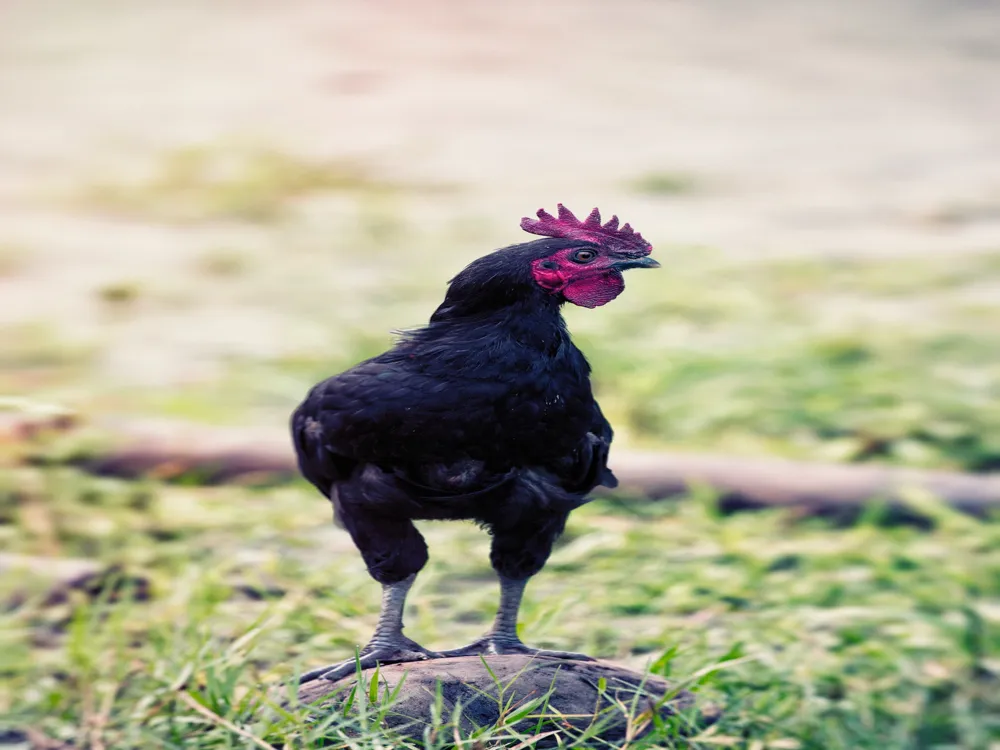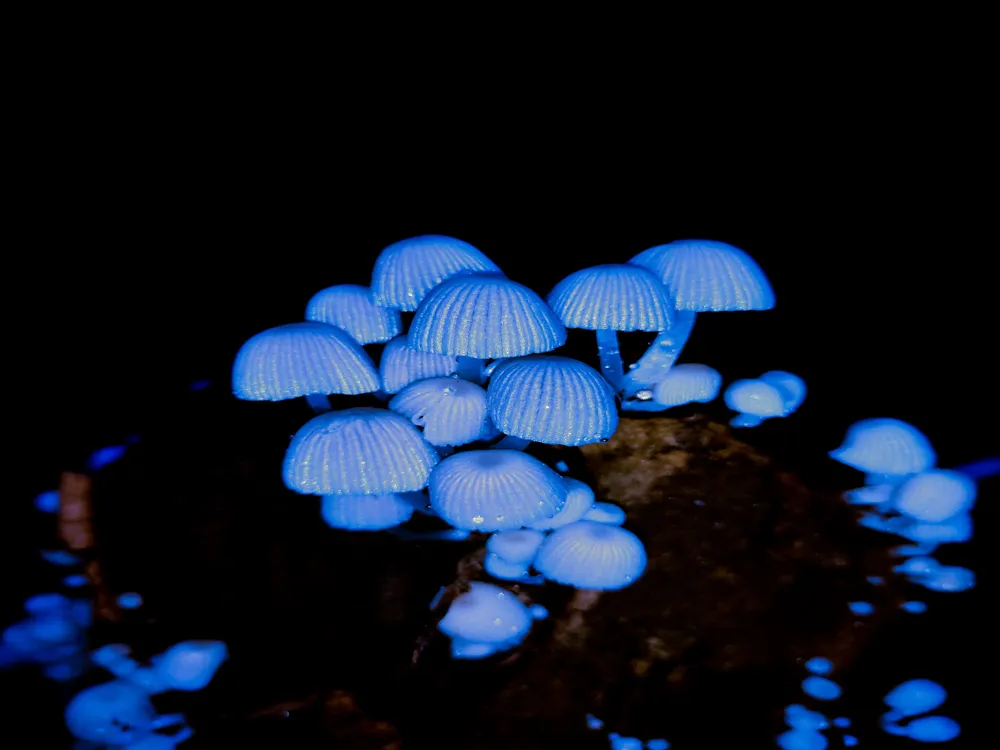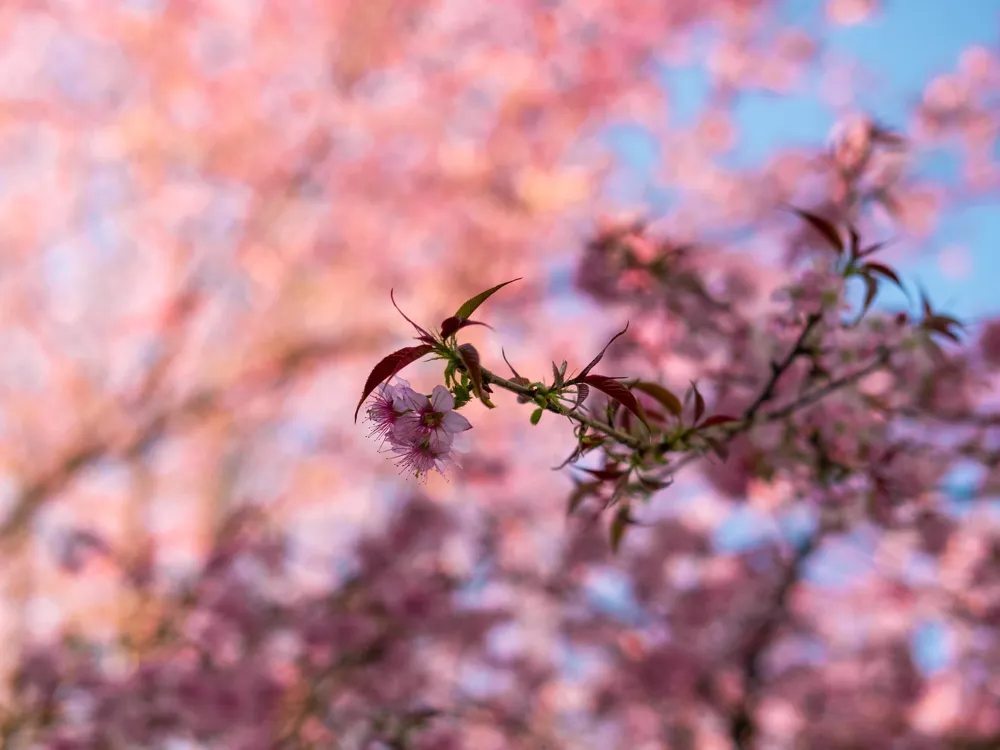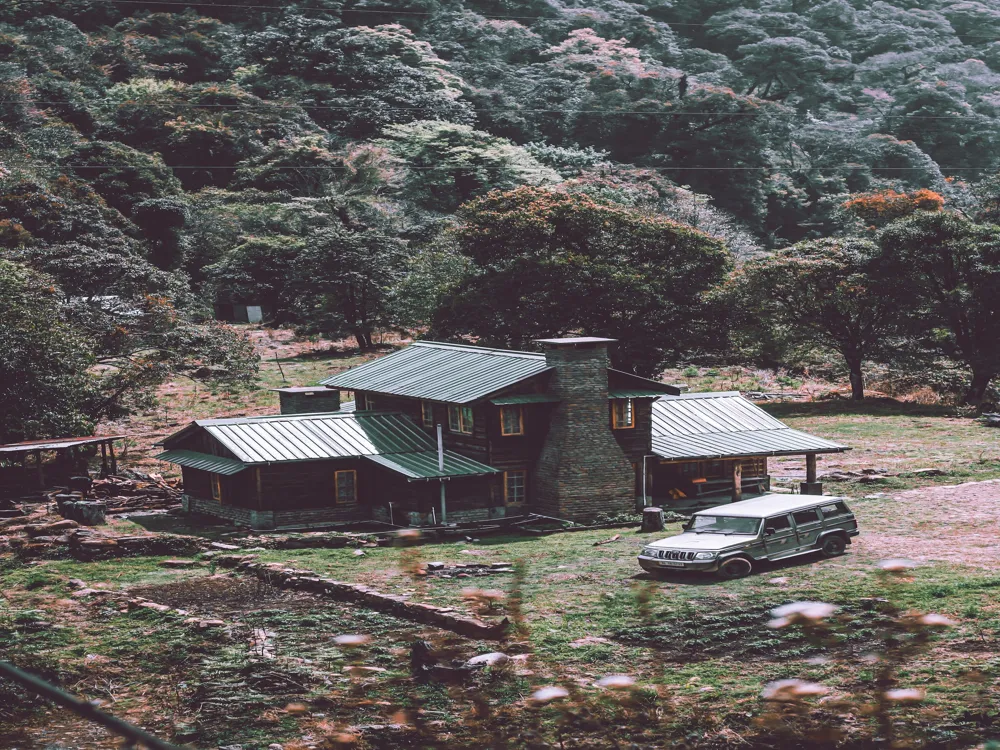Nestled in the heart of Assam, Molai Forest stands as a testament to the power of human determination and nature's resilience. This forest, spanning over 1,360 acres, is not a natural forest but one created single-handedly by Jadav Payeng, an environmental activist and forestry worker from Jorhat. It all started in 1979 when Payeng, distressed by the destruction of the natural habitat due to floods and erosion, began planting bamboo saplings on a barren sandbar of the Brahmaputra River. Over the decades, his ceaseless efforts have transformed the area into a lush and thriving forest. Today, Molai Forest serves as a sanctuary for a variety of wildlife, including several endangered species. The biodiversity of this forest includes numerous species of trees, shrubs, and medicinal plants, making it a unique ecosystem in the region. Molai Forest is home to a rich variety of flora and fauna. The forest canopy is dominated by bamboo, along with a mix of other trees such as vultures, arjun, and goldmohur. This diversity of plant life supports a vibrant ecosystem, providing a habitat for various animal species. Among the notable fauna are Bengal tigers, Indian rhinoceroses, and over 100 deer and rabbits. The forest also serves as a critical habitat for several bird species, including pelicans, vultures, and migratory birds. The presence of such diverse wildlife has turned Molai Forest into an unofficial wildlife sanctuary, drawing attention from conservationists worldwide. The ecological significance of Molai Forest extends far beyond its boundaries. It plays a vital role in soil conservation, preventing erosion along the riverbanks. The forest also acts as a carbon sink, contributing to the fight against climate change. Moreover, it has become a crucial corridor for wildlife, linking fragmented habitats and allowing species to migrate and interbreed, thus maintaining genetic diversity. The story of Molai Forest is a striking example of how individual efforts can lead to significant environmental change and highlights the potential for human-induced reforestation as a tool for ecosystem restoration. The environmental impact of Molai Forest has been profound. It has not only restored a degraded landscape but also raised awareness about the importance of tree planting and ecosystem conservation. Jadav Payeng's work has earned him international recognition, including the prestigious Padma Shri award. His story has inspired many to take up similar reforestation efforts, showcasing how one person's dedication can make a tangible difference in environmental conservation. The architecture of Molai Forest, in terms of its ecological structure and layout, is a remarkable example of forest regeneration and biodiversity. Unlike planned forests, the growth pattern in Molai Forest is organic and unplanned, creating a unique, natural environment. The forest's multi-layered canopy is characterized by tall trees, providing shade and habitat for numerous species, interspersed with open clearings and bamboo groves. This varied structure creates microhabitats, each supporting different types of flora and fauna. Water bodies formed by natural depressions and the river's tributaries further add to the forest's complexity, providing essential resources for the wildlife and helping maintain the ecological balance. Molai Forest seamlessly integrates with the surrounding landscapes, creating a vital green corridor in the region. It borders agricultural lands and human settlements, creating an interface where people and nature coexist. This proximity has facilitated ecological education and awareness among the local communities, promoting conservation efforts. The buffer zones around the forest play a critical role in minimizing human-wildlife conflicts and encouraging sustainable land use practices. The water systems within Molai Forest are a critical component of its architecture. These include small ponds, seasonal streams, and parts of the Brahmaputra River. These water bodies not only support the forest's wildlife but also help in groundwater recharge and maintaining the microclimate. They are essential for the survival of aquatic species and provide water for the forest's plants and animals, especially during dry periods. While Molai Forest has grown primarily through natural processes, human influence has been pivotal in its creation and development. Jadav Payeng's initial planting and ongoing care have shaped the forest's growth. Looking forward, there is potential for controlled development to enhance visitor experience and education, while ensuring the conservation and sustainability of the forest's ecosystem. The ideal time to visit Molai Forest is from November to April, when the weather is pleasant, and the wildlife is more visible. Visitors should maintain a safe distance from wildlife and avoid disturbing the natural habitat. It's important to follow eco-friendly practices like disposing of waste properly and minimizing noise pollution. Molai Forest is accessible from Jorhat, Assam. The nearest airport is Jorhat Airport, from where one can hire taxis or use public transport to reach the forest. Alternatively, visitors can reach Jorhat by train and then travel by road to Molai Forest. Read MoreOverview of Molai Forest, Jorhat, Assam
Flora and Fauna of Molai Forest
The Role of Molai Forest in Ecosystem Conservation
Environmental Impact and Recognition
Architecture of Molai Forest
Integration with the Surrounding Environment
Natural Water Systems in Molai Forest
Human Influence and Future Development
Tips When Visiting Molai Forest
Best Time to Visit
Respecting Wildlife
Eco-friendly Practices
How To Reach Molai Forest
Molai Forest
Jorhat
Assam
₹ 6,000 onwards
View jorhat Packages
Weather :
Tags : Forest
Timings : 24 hours
Time Required : 3-4 hours
Entry Fee : Free
Planning a Trip? Ask Your Question
Jorhat Travel Packages
View All Packages For Jorhat
Top Hotel Collections for Jorhat

Private Pool

Luxury Hotels

5-Star Hotels

Pet Friendly
Top Hotels Near Jorhat
Other Top Ranking Places In Jorhat
View All Places To Visit In jorhat
View jorhat Packages
Weather :
Tags : Forest
Timings : 24 hours
Time Required : 3-4 hours
Entry Fee : Free
Planning a Trip? Ask Your Question
Jorhat Travel Packages
View All Packages For Jorhat
Top Hotel Collections for Jorhat

Private Pool

Luxury Hotels

5-Star Hotels

Pet Friendly






















